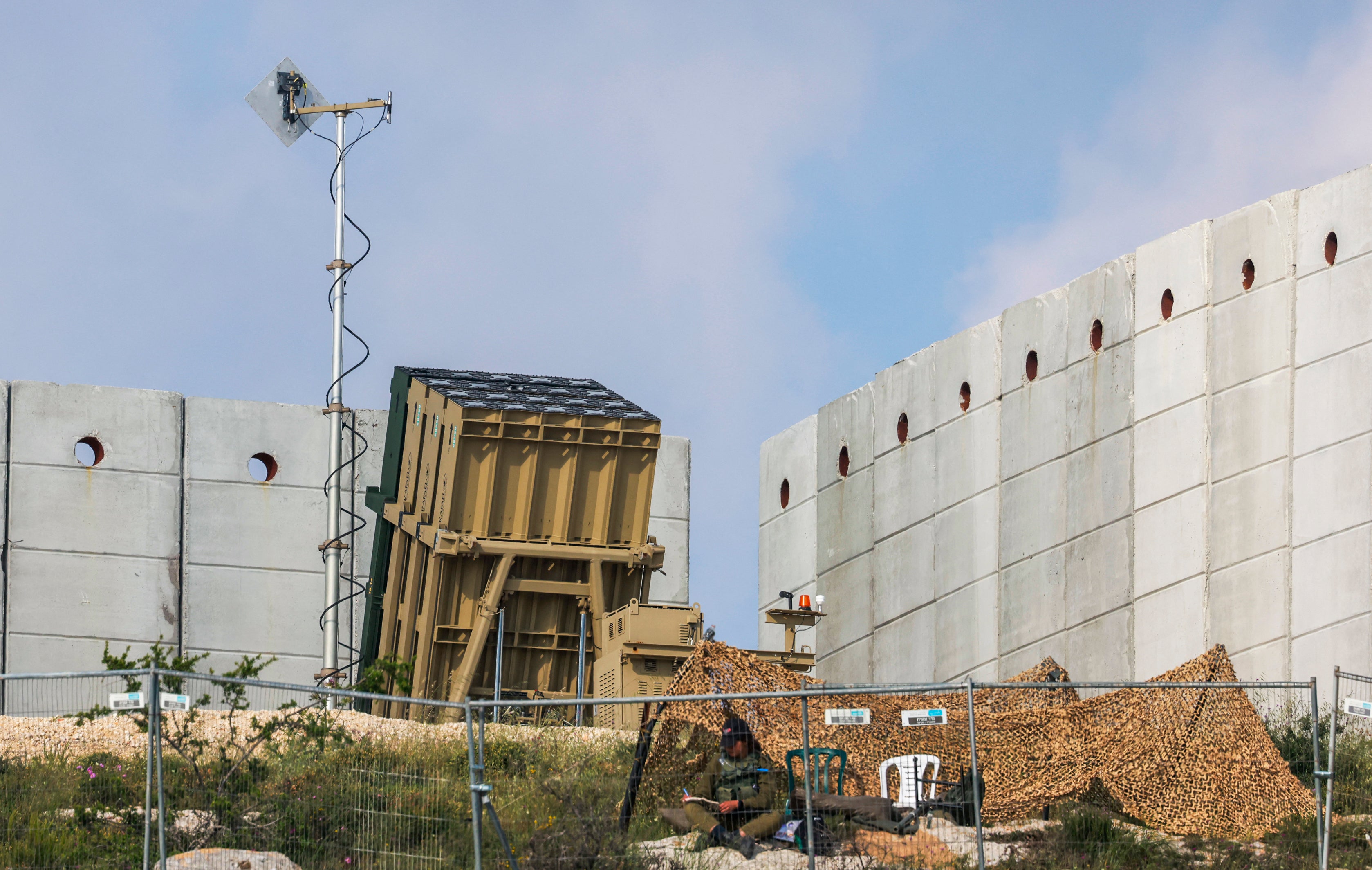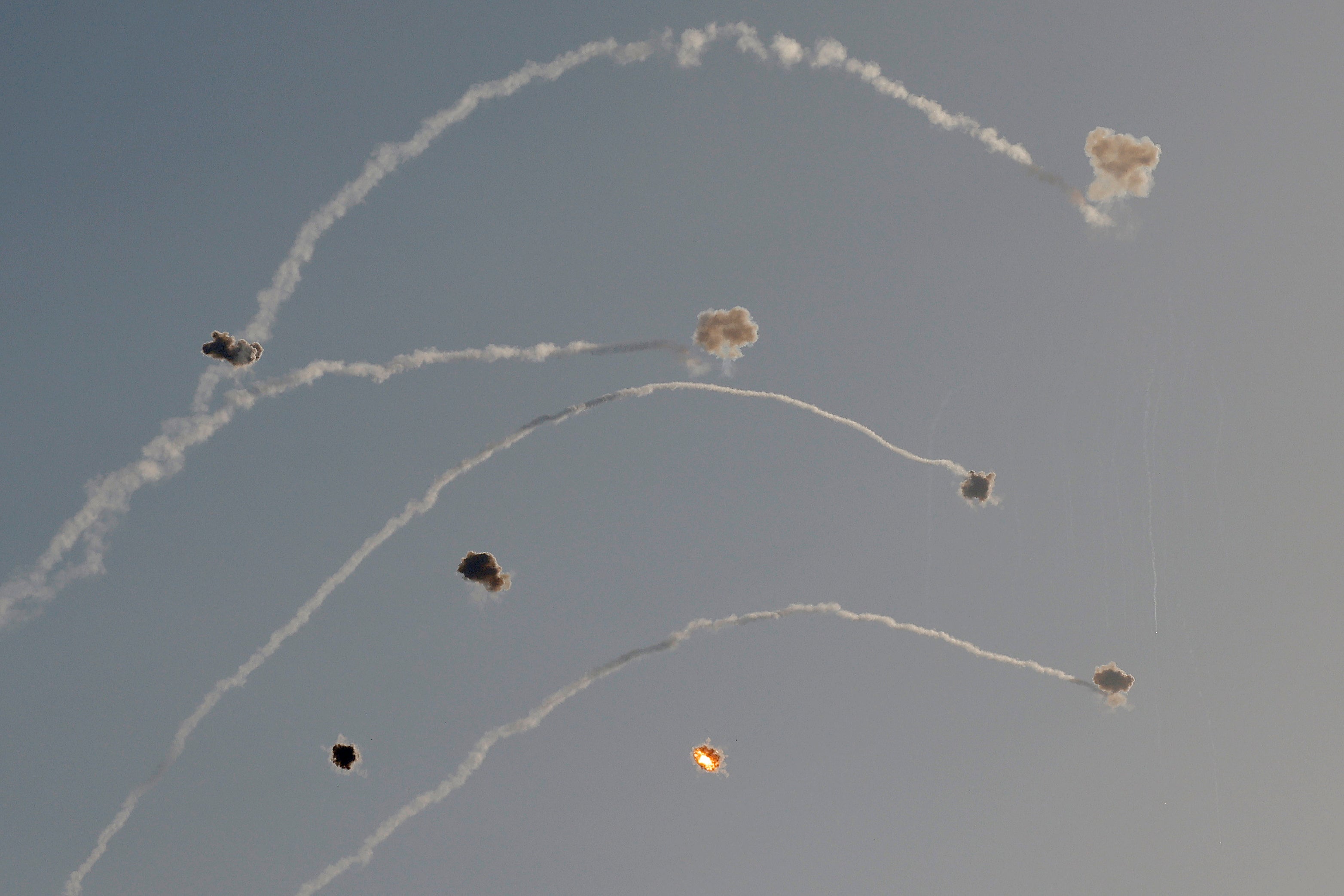ARTICLE AD BOX
Seven days after his inauguration, Donald Trump issued the “Iron Dome for America” executive order to create a cutting-edge defense system that protects the U.S. from long-range missile attacks.
The idea evokes the concept of Israel’s missile defense system, but there would be several key differences between the U.S. ally’s Iron Dome and Trump’s so-called “Golden Dome”.
The Golden Dome would have to cover a much larger area, for starters. The Golden Dome will also have to be a lot more comprehensive, with several different systems that can locate, track and stop any kind of aerial attack the U.S. might face, according to Wes Rumbaugh, a fellow in the Missile Defense Project at the Center for Strategic and International Studies. By comparison, Israel’s Iron Dome is a system designed to specifically protect against just short-range rockets and artillery shells.
The Pentagon has yet to release any detailed plans about the project. But Congressional Republicans recently proposed allocating $25 billion from this year’s budget for the project, signaling that officials may start bringing the Golden Dome to fruition soon.
Here’s what you need to know about Trump’s plan — and why some experts warn it has some “big issues”:

Space-based missile defense would be key
Trump’s executive order outlines some straightforward aspects to his Golden Dome plan, like an updated missile threat risk assessment or a list of strategic locations where it’d be best to defend against missile threats proactively.
But the most significant component is also the most complicated: a network of “space-based interceptors,” such as lasers, that would be able to stop or destroy warheads shortly after they’re launched. This harkens back to President Ronald Reagan’s infamous space-based missile defense system, nicknamed “Star Wars” by critics.
Officials building any space-based interceptor system would need to ensure every possible attacker and target are covered — you can’t have Florida covered but not California. But this means building a massive web of interceptors to ensure they’re always in the correct position, which Michael O’Hanlon, director of research in the Foreign Policy program at the Brookings Institution, argues would be costly and “hugely inefficient.”
“You’ve got to be pretty confident you're going to get everything, or at least knock everything off course,” O’Hanlon tells The Independent.
O’Hanlon also says lasers themselves also pose a cost issue, because those would have to be sent into orbit with large amounts of fuel and giant mirrors that can focus the laser’s energy enough to destroy a warhead.
“This translates into each one of your defensive space-based lasers being the equivalent of the Hubble telescope,” he says.

Can the ‘Golden Dome’ ever come to fruition?
Rumbaugh believes the Golden Dome is feasible on a purely technical level, but other factors will determine whether it ever gets built.
By building up such strong defensive systems, the U.S. could provoke an adversary into further strengthening their offense, sparking a global arms race. This could trigger a feedback loop where officials make the country “less secure and certainly more impoverished,” O’Hanlon said.
“If you really try to make this comprehensive against even a Russian nuclear attack, then you're reigniting all the age-old debates about the likelihood of just triggering an arms race where defense continues to be more difficult and expensive than offense,” O’Hanlon added.
Other challenges will include budget and scale. Rumbaugh said some have compared the Golden Dome to the Manhattan Project, America’s top-secret effort to construct an atomic bomb during World War II. O’Hanlon similarly estimates the project would cost hundreds of billions of dollars.
“Even if you just sized [the system] to today's Russian nuclear arsenal, and you wanted to build a multi-layer capability that Trump has talked about, that is already enormously expensive,” O’Hanlon said. “I think I calculated something in the range of $500 billion, and that was just for a limited part of it.”

Collaboration and resource-sharing may also prove difficult and the details are still unclear, Rumbaugh added. How will the Missile Defense Agency, the Space Force, the Army, the Navy, the Air Force and various other agencies work together to manage the Golden Dome? That remains unclear.
Do we need a Golden Dome?
Even if the idea seems farfetched, O’Hanlon says the U.S. does need to expand its missile defense capabilities.
“I think that there could be some benefits to even a limited, partially effective missile defense system, whether it's defending against the North Korean threat that's continued to grow, or a future Iranian threat, or a threat of a limited strike by Russia or China,” he said.
The Independent has contacted the White House for comment.
O’Hanlon offers that a scaled-back version of Trump’s plan could be beneficial overall to U.S. national security.
“I think there is value in doing more than we've done already,” he added.









 English (US) ·
English (US) ·